- ELECTRICAL NEWS
- 9 likes
- 82913 views
- 0 comments

Taking care of your home's electricity has become an increasingly common issue, as has taking care of the small, basic aspects of lighting and the electrical system .
Hence the need to find out about electricity in order to be autonomous enough in small jobs involving modifications to our electrical system, without having to resort to the intervention of an electrician.
However, it is important to know what to know about your home electrical system: where the junction boxes are located, what power is supplied but also what differences there are between the main controls that can be installed in the light point.
If you still don't know the difference between switch, diverter and inverter , this article is for you.
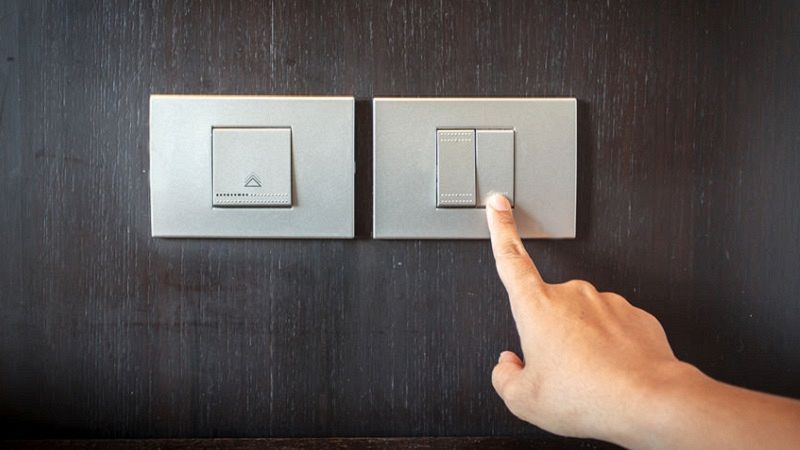
What is a switch and how does it work?
The switch is the component of the electrical system that serves to control the passage of the flow of electricity in the single circuit and is operated manually.
But how does the current flow reach the lamp?
The electricity reaches the home system via the grid operator. From here, passing through the general meter, the energy flow is distributed to the various rooms of the house.
Before reaching the lamp, however, the electric current must pass through the switch, and it will be the switch itself that takes care of sending the phase to the load . If the switch is closed, the lamp turns on, but if the switch is put in the "off" or open position, the circuit is interrupted and the electrical impulse no longer reaches the lamp which is not it will light up.
Let's now see how the switch works more specifically.
Two or three wires arrive at the load or light bulb: phase , neutral and earth , recognizable by the color of the sheath that wraps the copper core.
The phase is normally brown, gray or black in color and comes directly from the meter, carrying current. For this reason it is good practice, to work in maximum safety, to use the phase detector, which is nothing more than a sort of screwdriver surmounted by a light bulb that lights up when it recognizes the phase. When the switch is in the off position, there is no current flowing through the phase cable. This cable is crossed internally by the sine wave at 50 Hz and 220 V. Precisely for this reason, the phase is the most delicate cable to manage which starts from the meter and reaches the lamp.
The neutral , however, in compliant systems, is blue or light blue in color and is the return cable.
Finally, the earth is necessarily yellow-green in color . The earthing cable is used to discharge to earth any dispersions that may occur in the event of a fault in the system, causing the circuit breaker to intervene. It may also happen that, due to a malfunction, the phase or neutral conductor comes into contact with the metal casing of the lamp holder or load and, in this case too, the leakage conductor intervenes, discharging to earth and activating the circuit breaker .
To guarantee a greater degree of safety, it is possible to install a bipolar switch in your system, i.e. a switch that is capable of interrupting both poles (phase and neutral). This type of switch is mainly used for those appliances with large energy absorption such as oven, hob or washing machine.
In addition to the switch, however, it is also possible to install diverters and inverters, with the same purpose of operating a light point. Let's see in more detail what it is.
What is a diverter?
The diverter is nothing more than a switch capable of managing and turning on the light from two points in the room . To function, the diverter must necessarily be connected to another diverter.
What is an inverter?
The inverter , like the diverter, is a switch capable of controlling the light from three or more points in the room .
The difference between switch, diverter and inverter
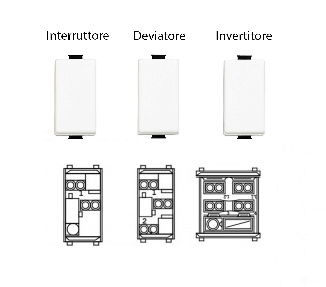
In summary, the switch is the device that interrupts the flow of electric current from the meter to the lamp. If you then want to control the lamp from multiple points in the room, it is then necessary to install a diverter or inverter in the light point, depending on the case and needs. This is the case, for example, of large rooms or transit environments, such as stairs or corridors, where the installation of a simple switch could be inconvenient and not very functional.
At first glance, the switch and diverter may not present any differences, but it is important to know that the switch on the back has two terminals, while the diverter terminals are three .
On one side there is the phase cable which is inserted into the terminal marked with the Letter -L which is diverted to the other electrical diverter to be used in pairs, with terminals 1 and 2. In the same way another cable starts from terminal 1 of the first deviator and connects to terminal 1 of the second deviator. Finally there is terminal 2 of the first diverter, which must be connected to terminal 2 of the second diverter. At this point another wire is brought out of the L terminal of the second diverter which carries the phase to the load.
Finally, the inverter which is the control with the most complex structure. This is used if you want to control the switching on of a lamp from three or more points and must necessarily be connected to two diverters.
In practice, when you control the same lights from three or more points you will need two diverters and a number of inverters equal to the points from which we want to manage the lamp.
If we have four different points with switches, our scheme will consist of the same two diverters and two inverters.
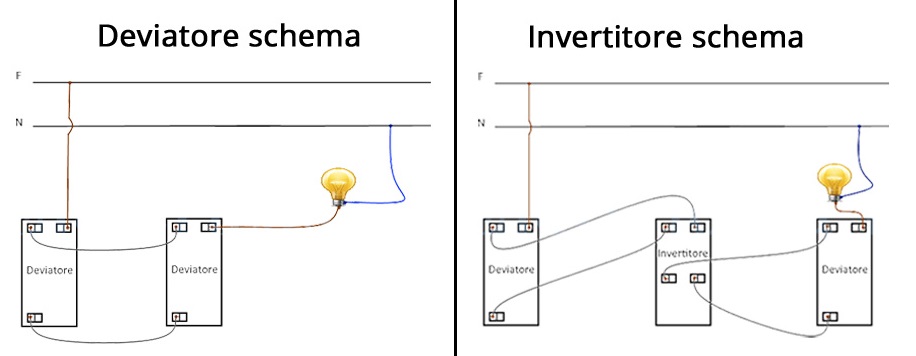
Finally, all three types of controls , switches, diverters and inverters can be rocker or axial . This feature does not change the operation of the controls but only the aesthetics.
When pressed, the axial control returns to the initial position , while the rocking control remains in the position it assumes at the time of activation.
In conclusion, knowing the difference between switch, diverter and inverter is an elementary but important notion to know when you want to get your hands on your home system. The difference between the three commands should now be clear but if you still have any doubts, do not hesitate to contact us .
Discover our complete range of the best brands on the market of switches, diverters and inverters: Discover the products




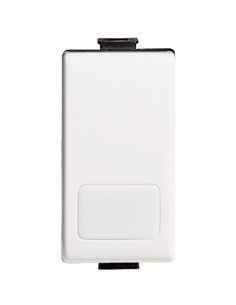

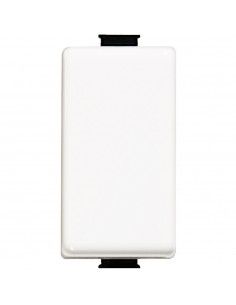
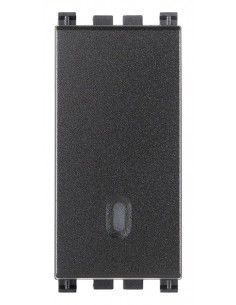

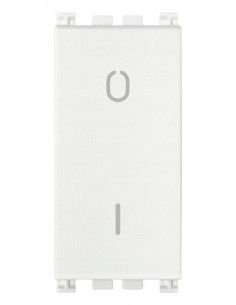
Comments (0)